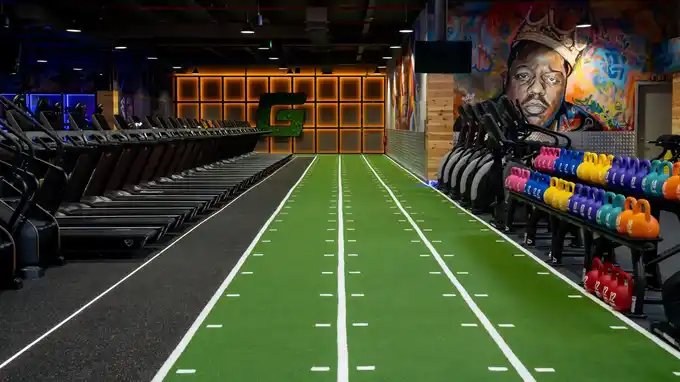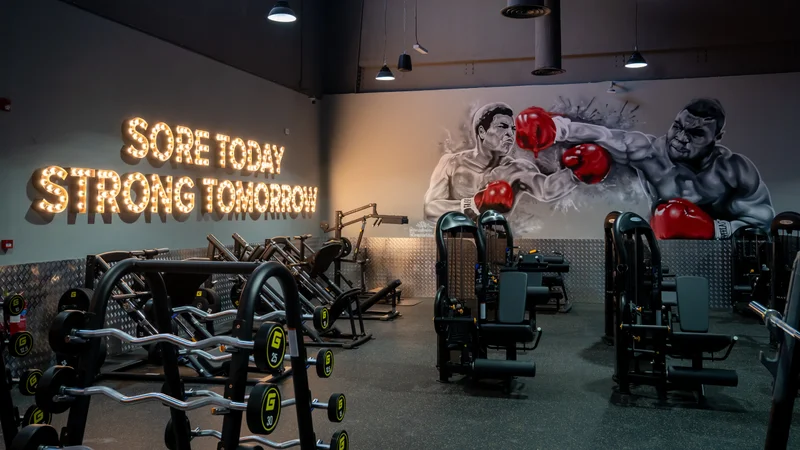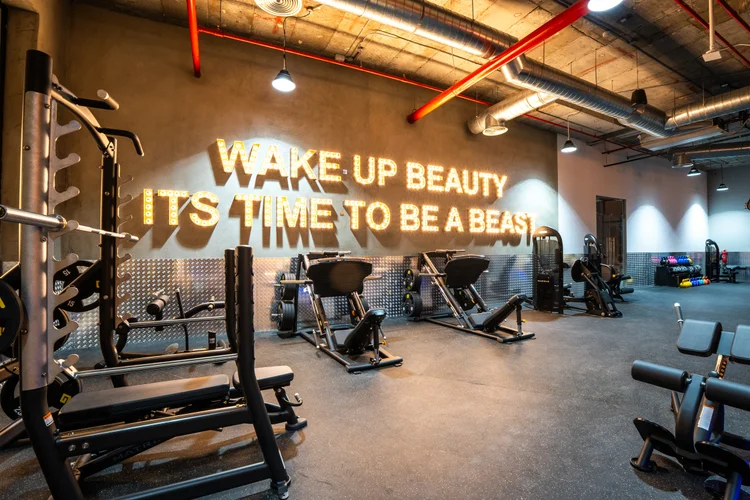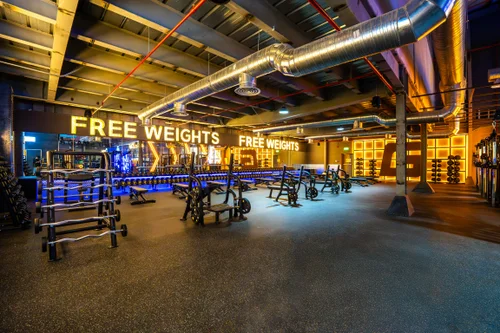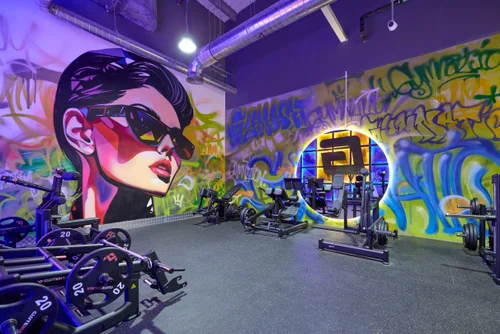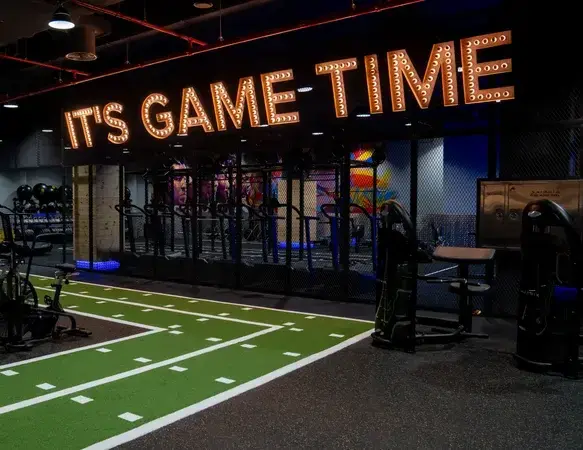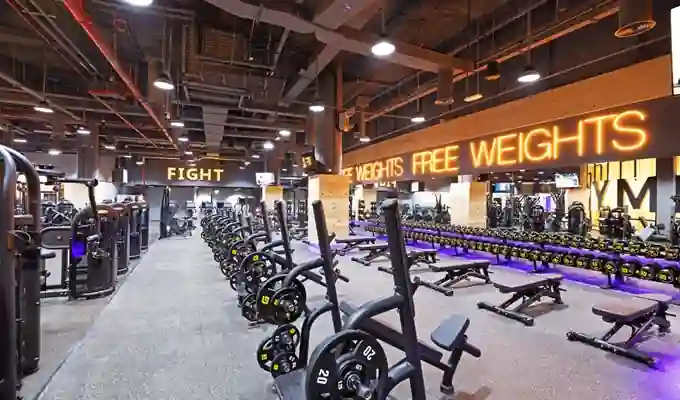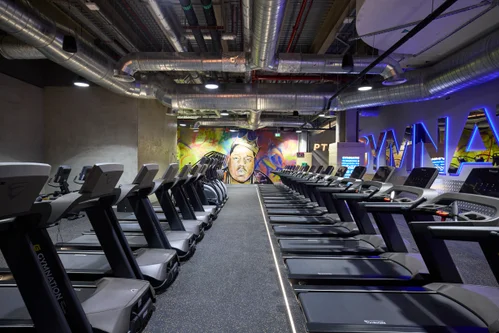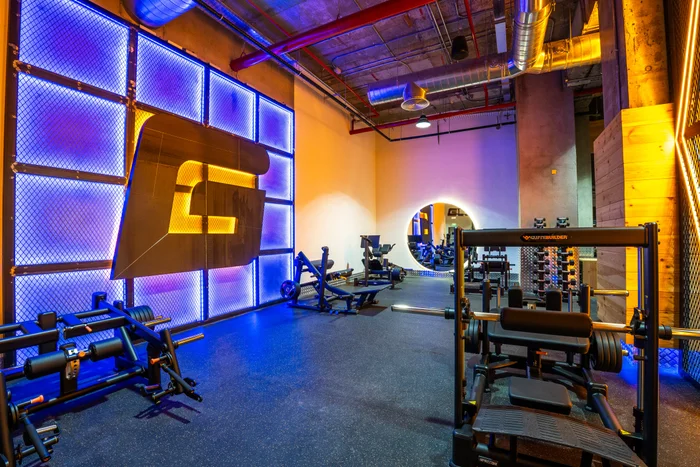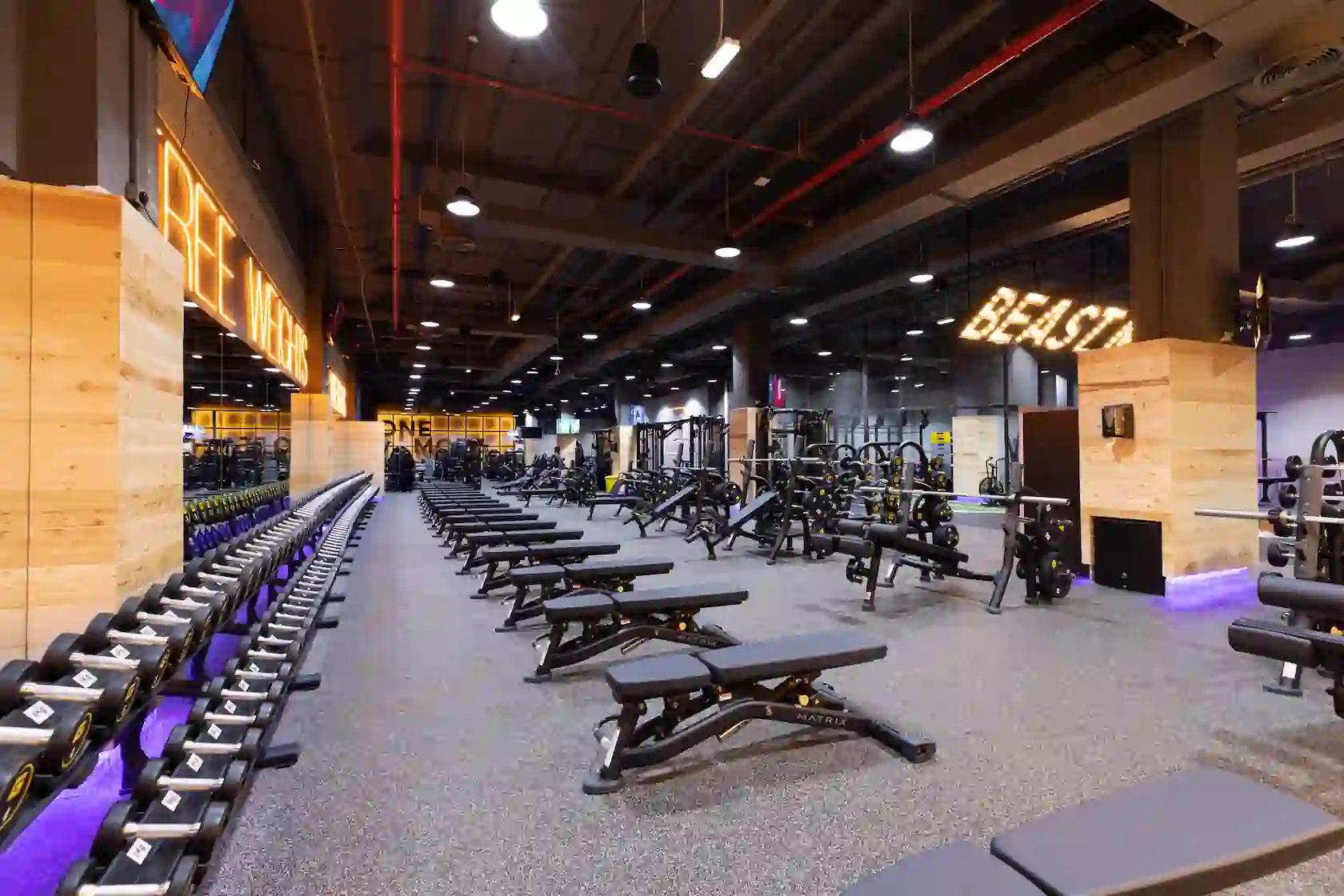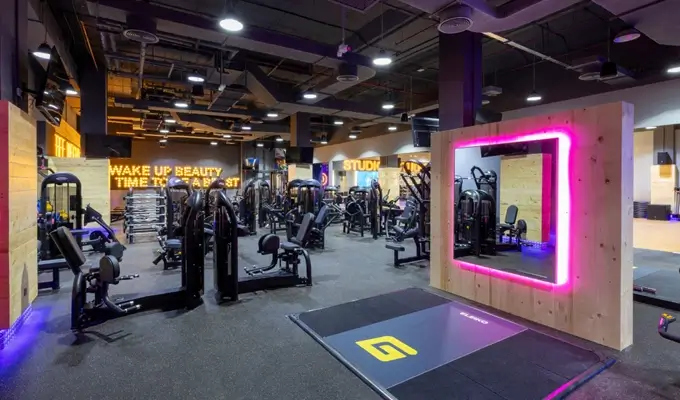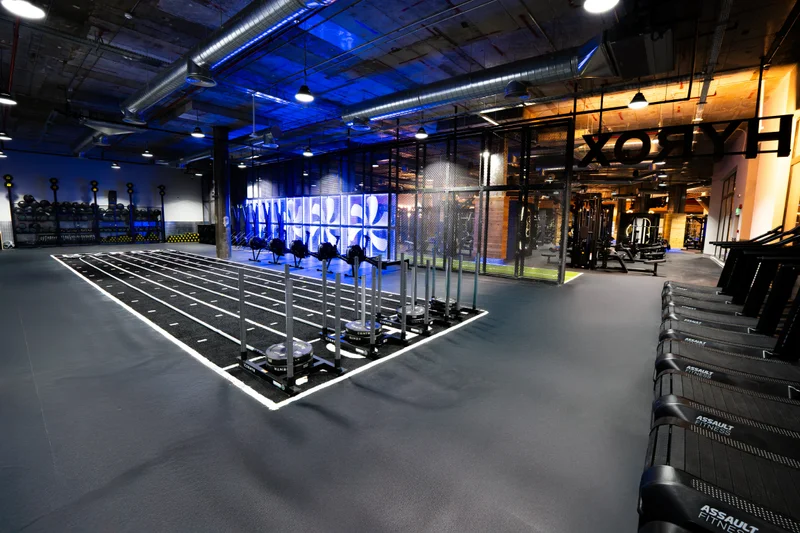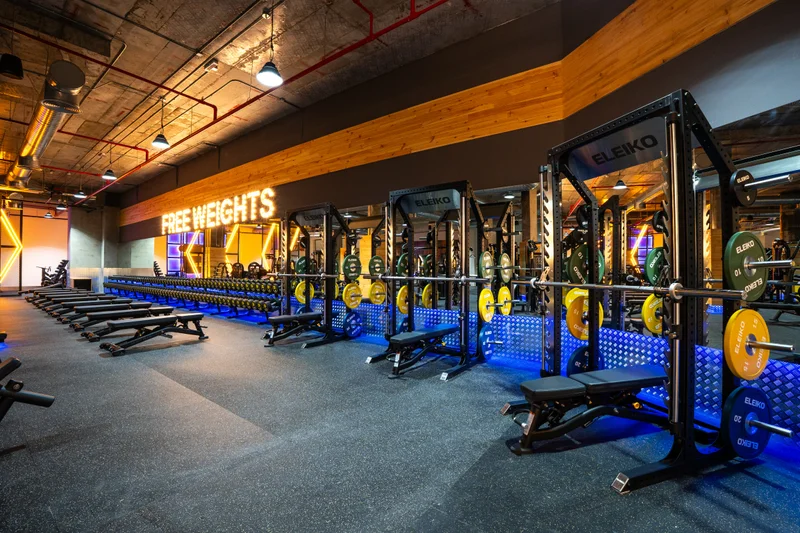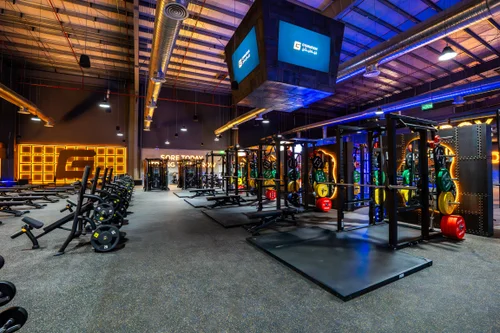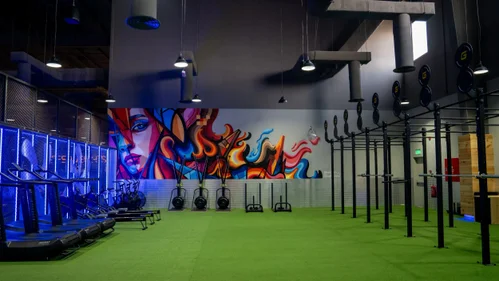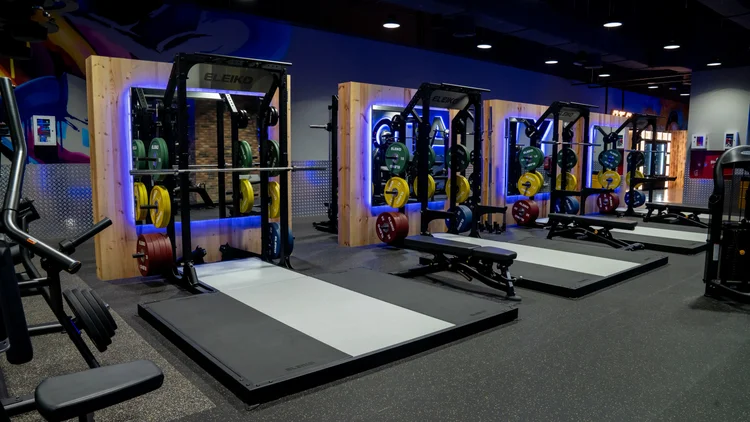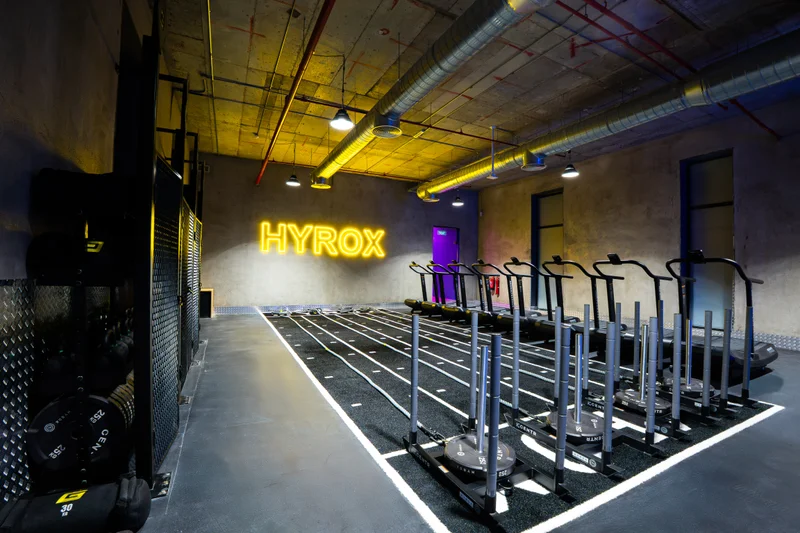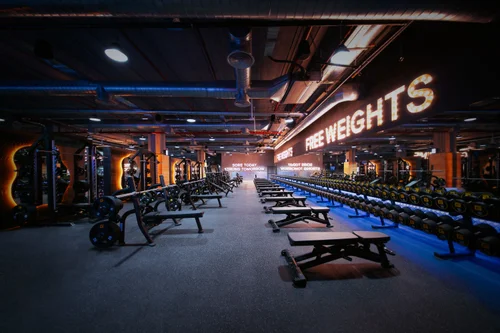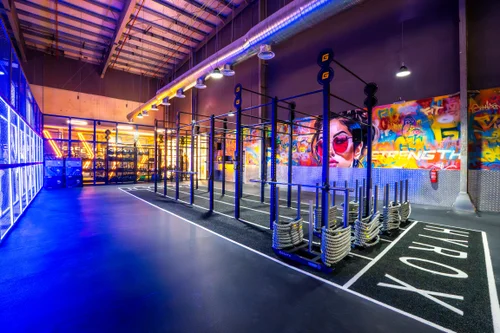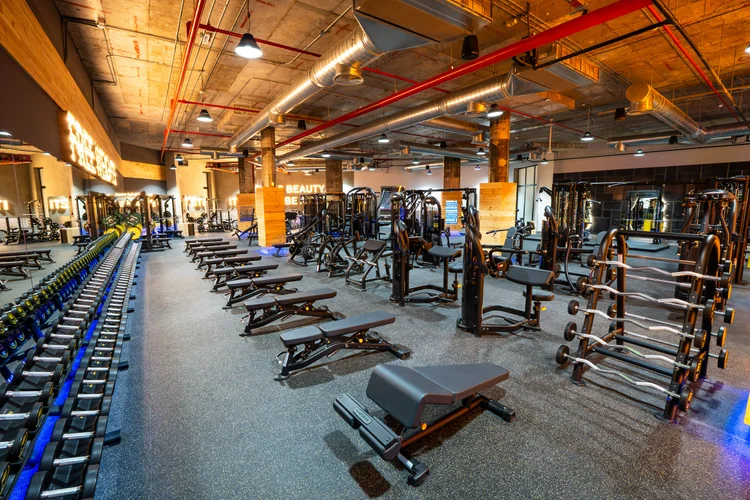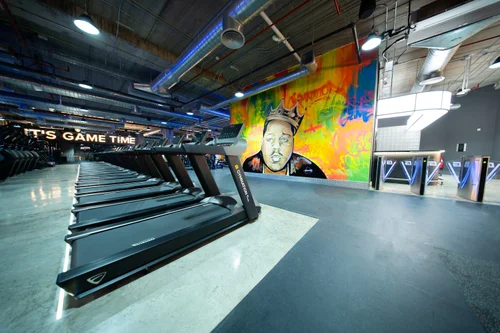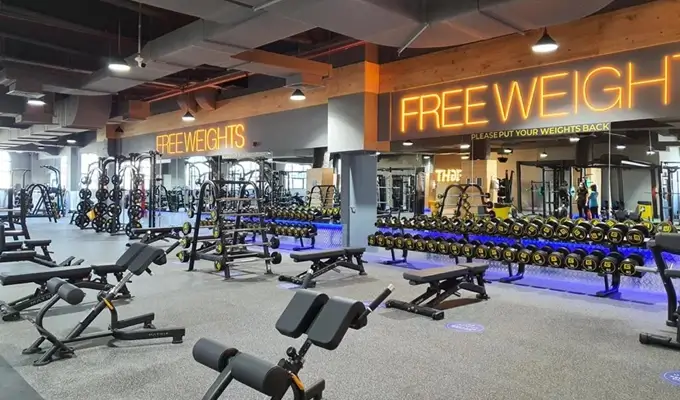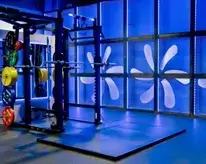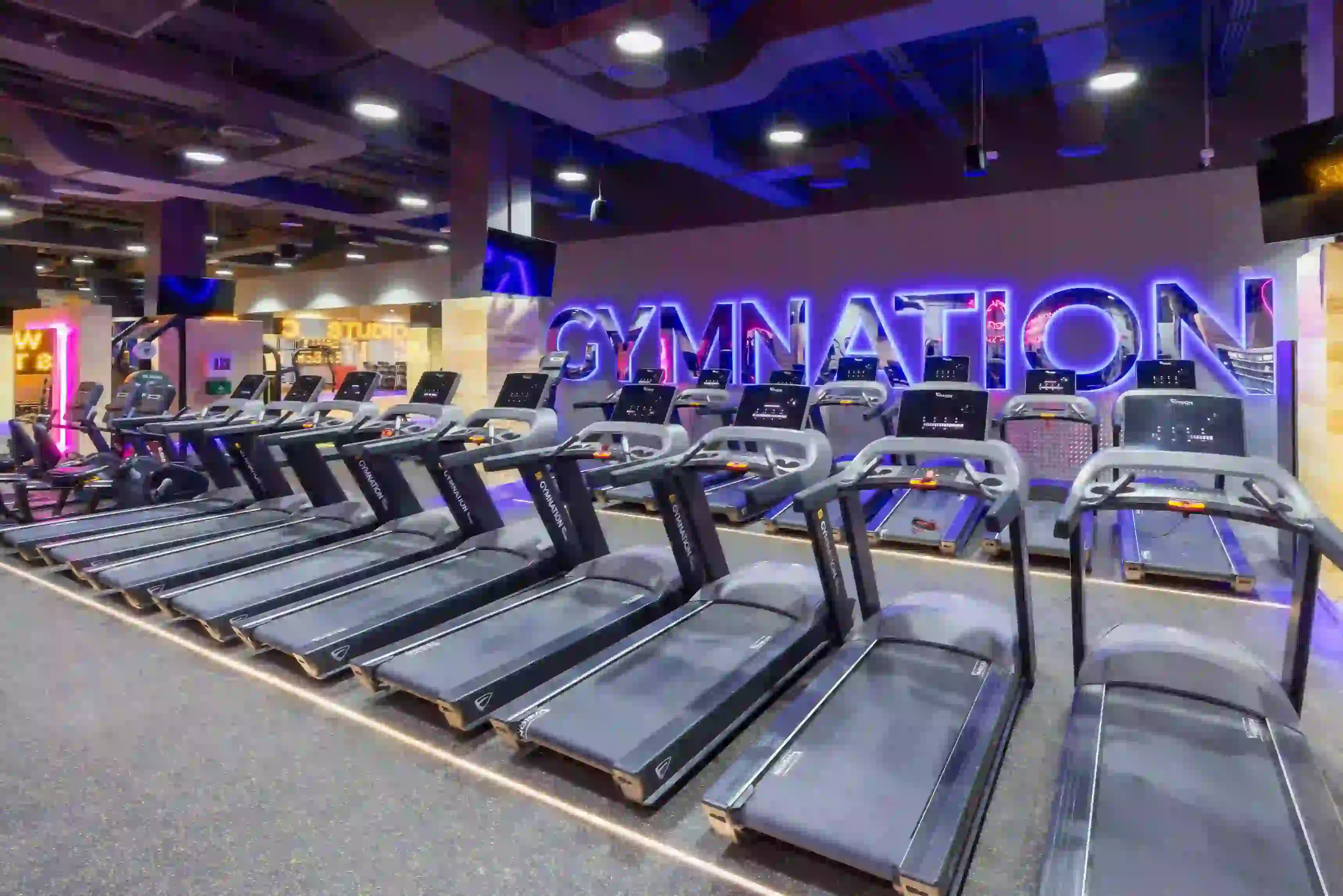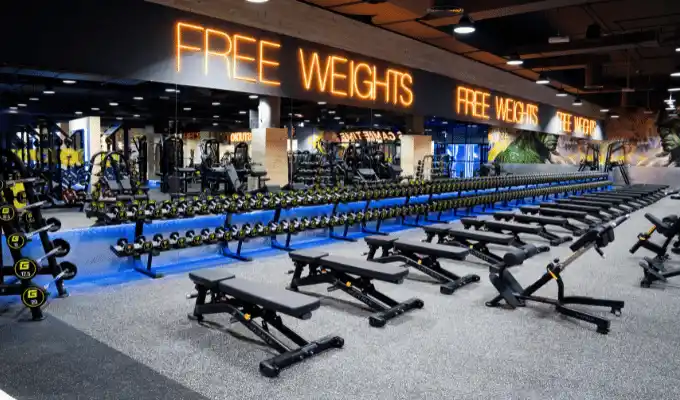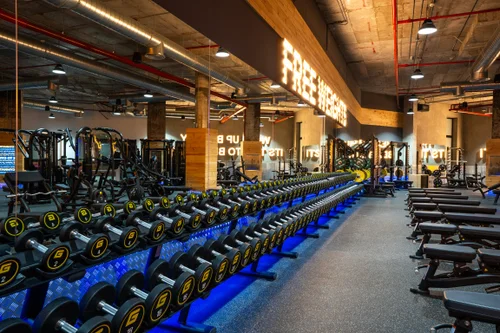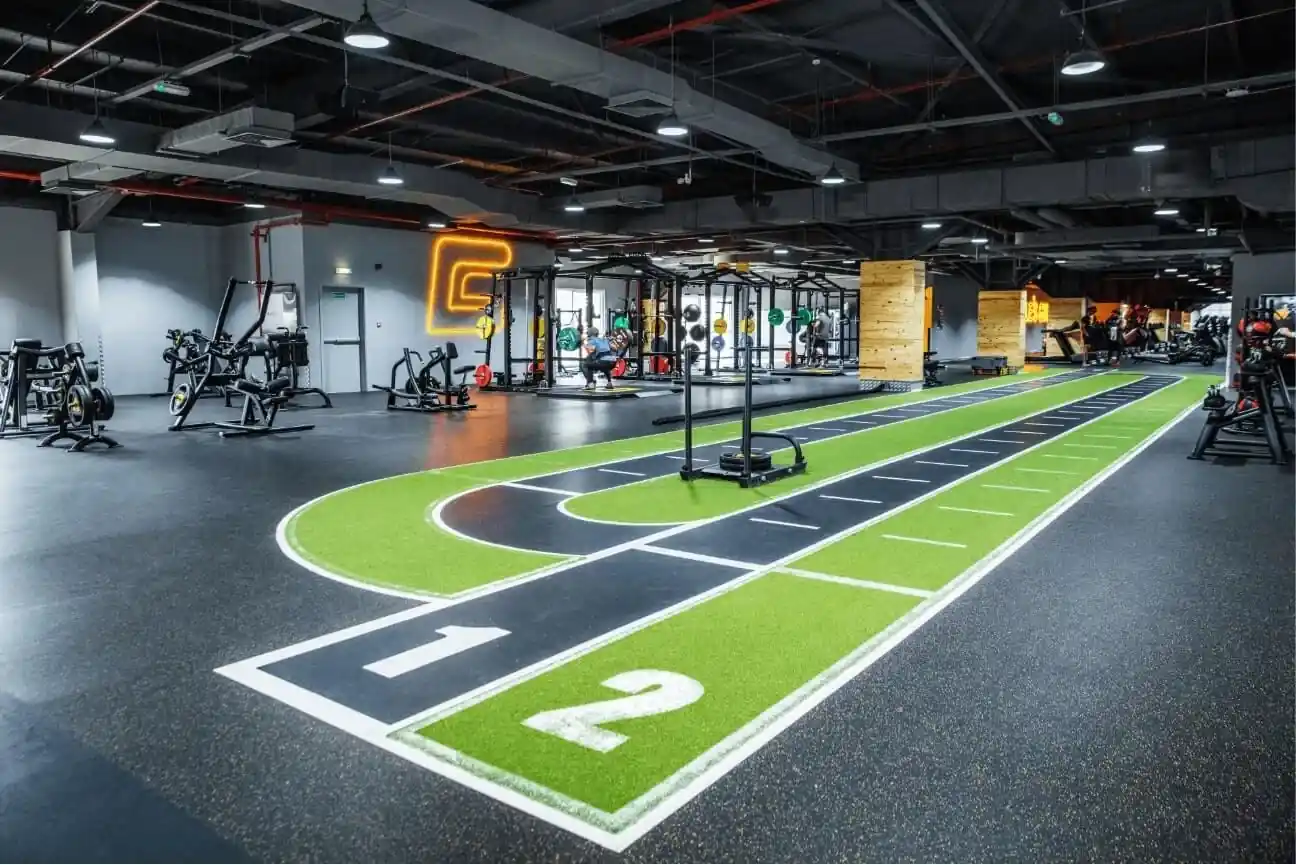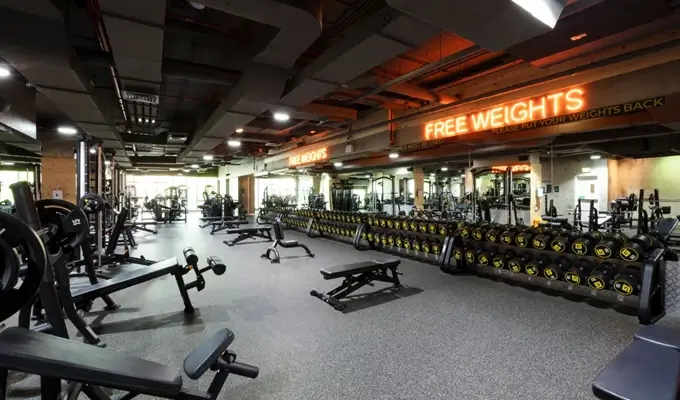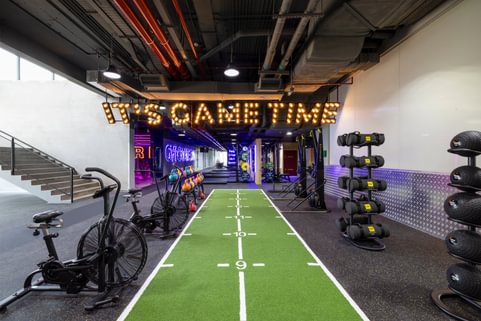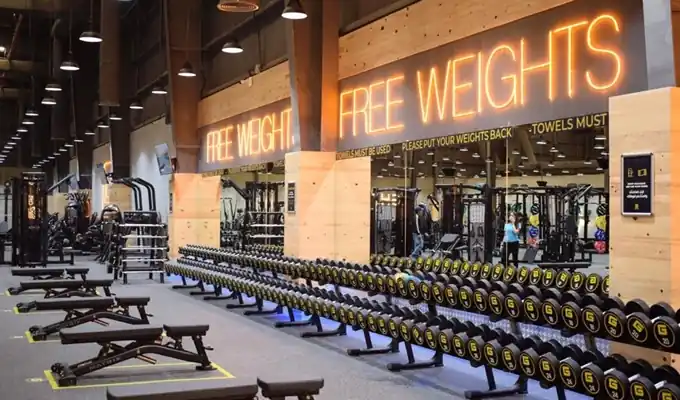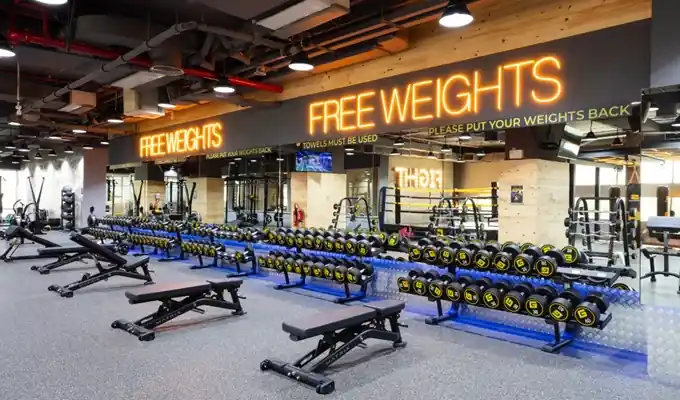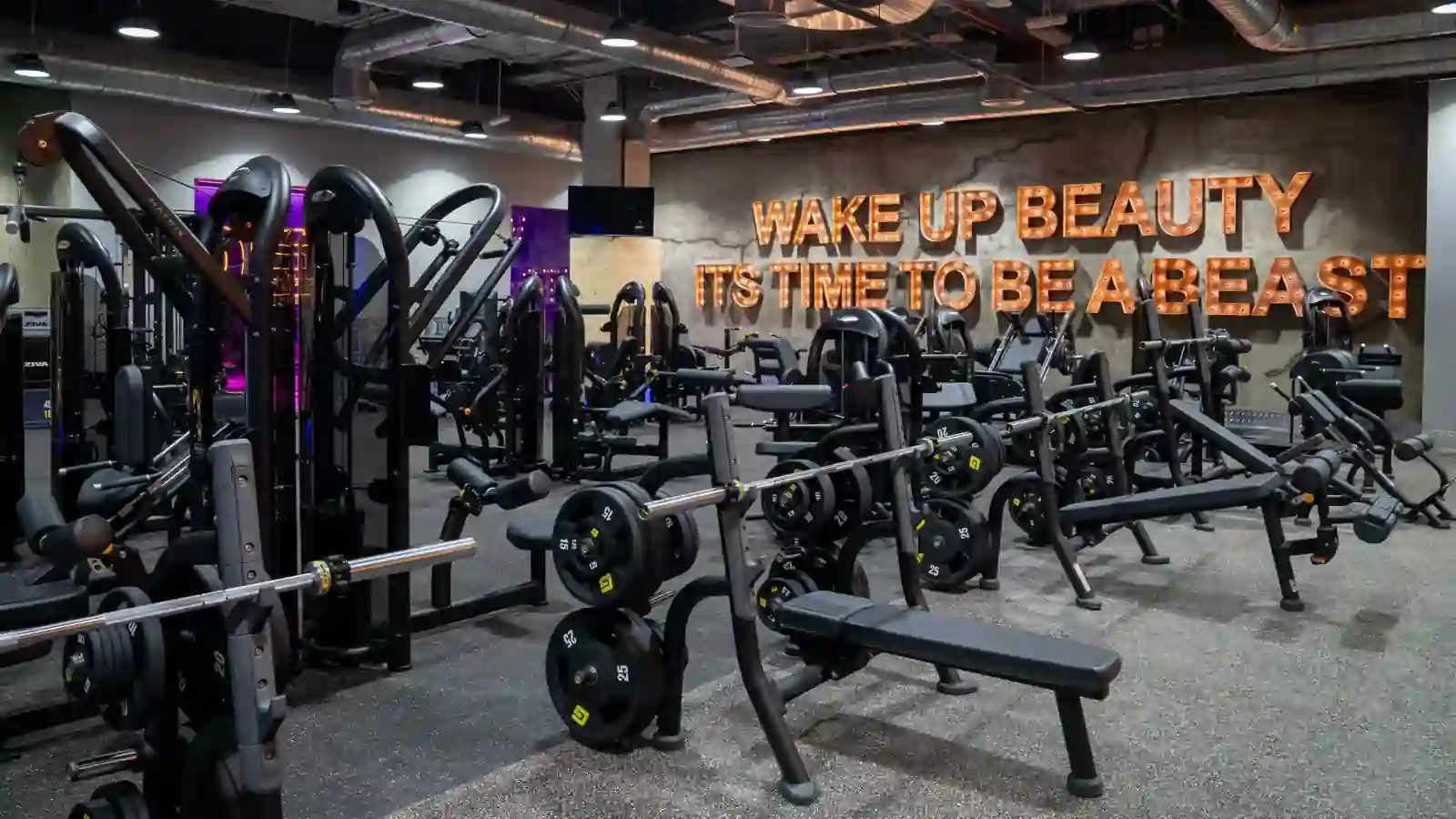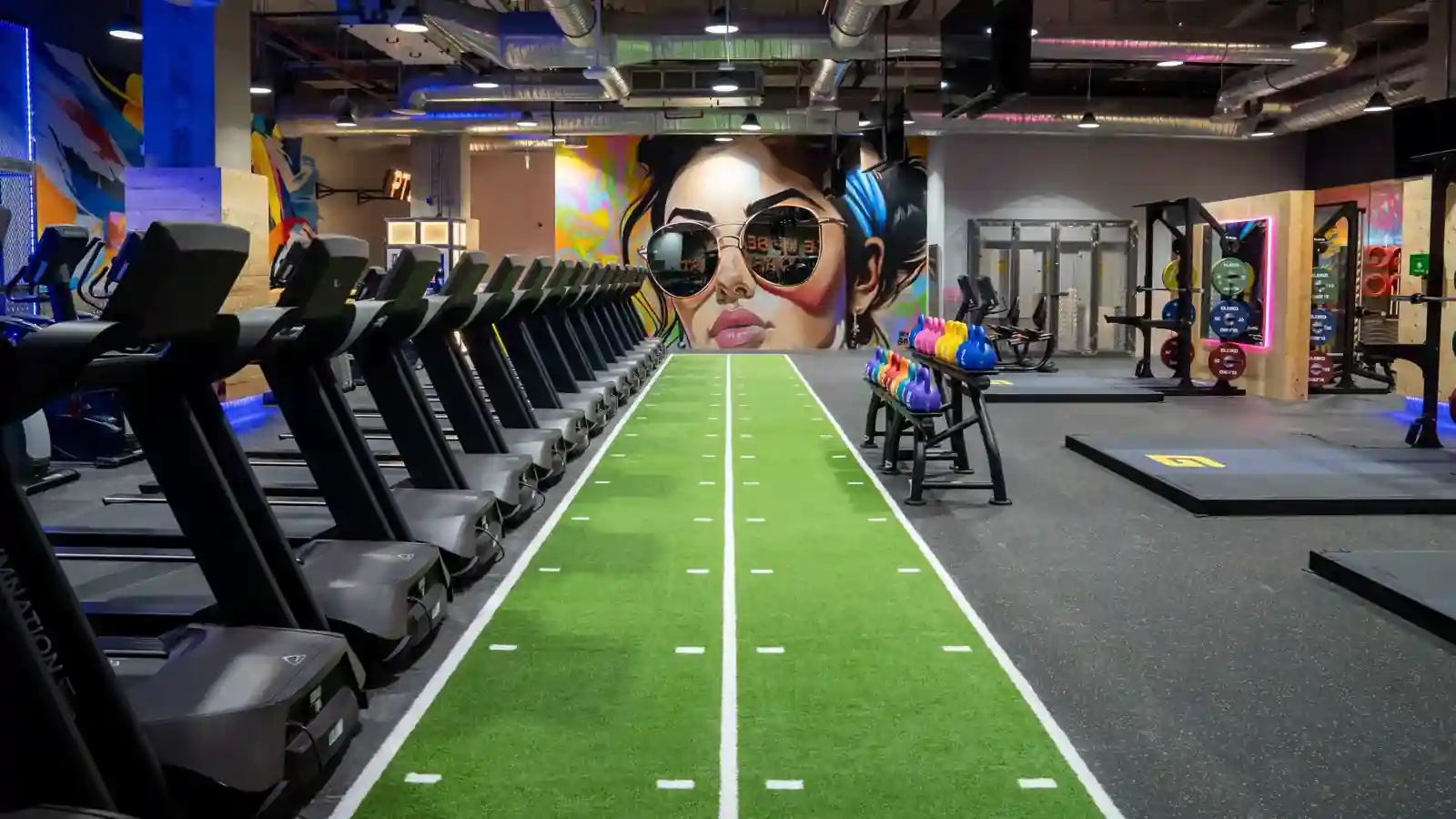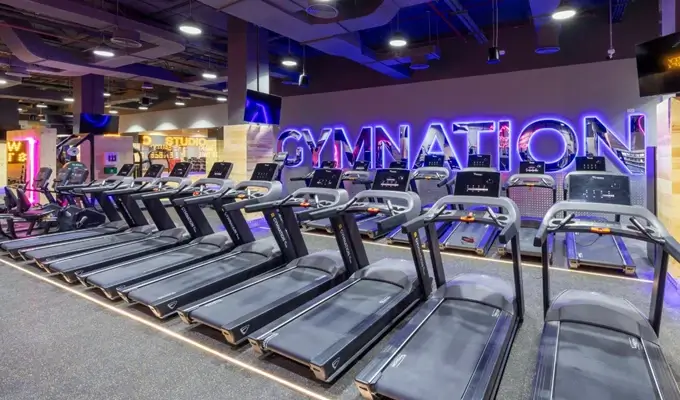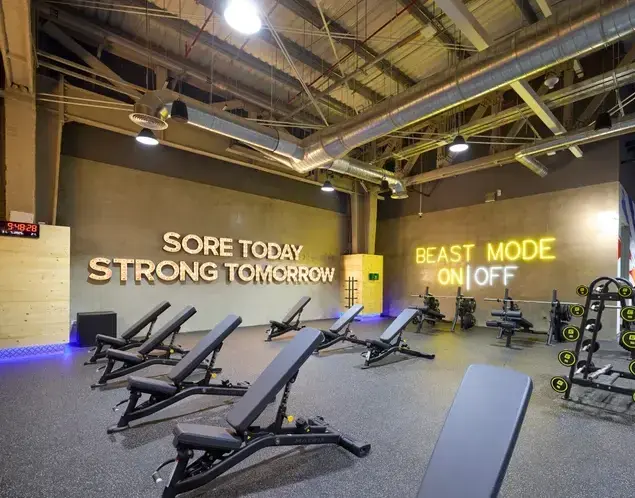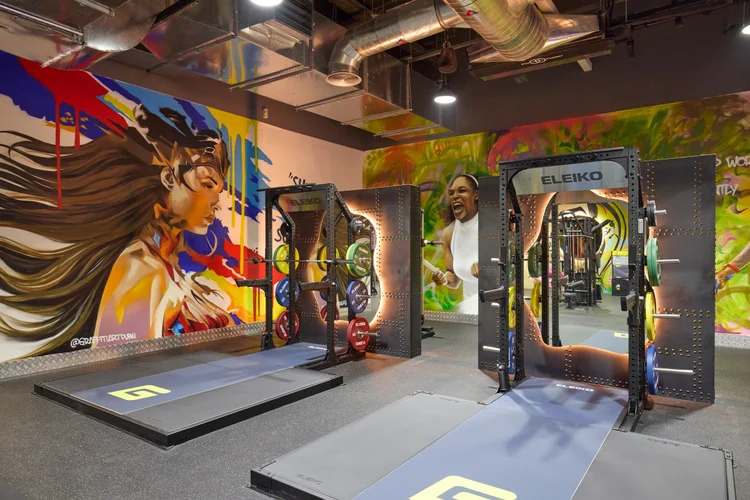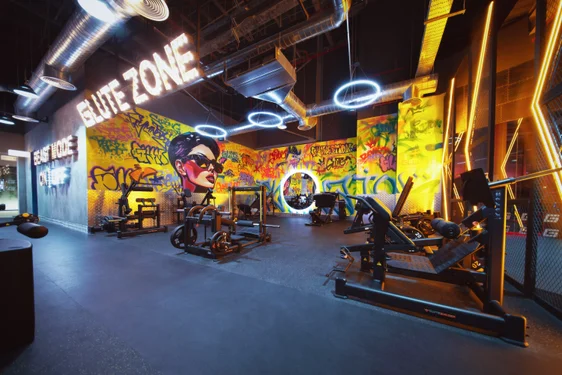Smart Workout Strategies for the Over-40 Crowd

SIGN UP FOR YOUR FREE DAY PASS TODAY!
Aging is a gift, but it brings some unwelcome companions—aches, reduced flexibility, decreased muscle mass, and longer recovery times.
While staying physically active remains a top priority, the intense gym sessions of our younger years may no longer be realistic.
The key is shifting from high-intensity goals to building strength and creating sustainable fitness habits.
How long is your ideal workout?
Statistics Canada reveals that only 52% of Canadian adults aged 40-59 meet weekly recommendations for moderate-to-vigorous physical activity.
Even more concerning, these numbers drop to 40% for adults 65 and older who manage 150 minutes of weekly exercise.
Yahoo Canada consulted with Miriam McCrea, a certified personal trainer, and Pierre Dalati, a health and wellness content creator, to identify the most common workout mistakes people over 40 make—and how to exercise more effectively.
join us in: Mat Pilates classes AT GYMNATION
Common Workout Mistakes After 40
Skipping Pre-Workout Stretches
How many of us jump straight into intense workouts without any preparation? Stretching before exercise is essential for increasing blood flow and reducing the risk of post-workout discomfort, sprains, and muscle soreness.
The National Library of Medicine reports that only 49% of adults stretch before working out—a practice Dalati believes should be non-negotiable.
"You want to get the blood flowing, you want to get your mobility going before you get into any exercise," Dalati explains.
McCrea recommends "dynamic stretching with movement" like leg swings or high knees before workouts, followed by "static stretching" afterward to target specific muscle groups. She emphasizes that post-workout routines are equally important.
"If I'm leaving the gym and I walk home, I'm going to be walking for another 2,000 steps or so after," she notes. "To me, that would count as a cooldown workout."
join us in: Pop Pilates classes AT GYMNATION
Lacking Consistency
The hardest New Year's resolution to maintain? Getting in shape. It's easy to fall out of gym routines when schedules change, membership costs rise, or motivation wanes after long workdays.
However, research consistently shows that people who engage in regular, moderate exercise tend to live longer and enjoy better quality of life.
McCrea believes many people lose workout motivation due to negative mindsets about exercise.
"Most of us aren't training for elite sports," she says. "We're training for everyday life. There is no need to clutter yourself with random workouts. Stick with the basics."
Overworking Your Body Too Soon
A common misconception suggests that starting a workout routine means pushing your body to its limits immediately. Instead, McCrea advises people over 40 to "start from scratch" when building effective routines.
"Your body is not going to be the same as it was when you were in your twenties," she explains.
"Maybe your form wasn't that great in your twenties... so a big thing with reconnecting with fitness in your forties and beyond is meeting yourself where you are."
Starting slowly and building gradually leads to better results and fewer injuries.
"Let's say you are weightlifting, you want to start with an easier progression or lower resistance and gradually work your way up rather than just jumping straight into lifting heavy," Dalati advises.
Improving Your Over-40 Workout Routine
Make Nutrition a Priority
A healthy lifestyle extends beyond exercise to include proper eating and sleeping habits. According to Dalati, nutrition is crucial for maintaining healthy weight and supporting muscle mass.
"You can't outwork a bad diet," he states. "You want to make sure you are getting enough protein and carbohydrates to energize yourself in order to stay active throughout your day."
Since we naturally lose muscle mass with age, McCrea emphasizes adding protein to your diet. Protein helps build muscle and repair exercise-related muscle damage.
Excellent protein sources include protein shakes, yogurt, lean meats, and beans added to favorite meals.
Build in Recovery Time
While it's tempting to think more workouts equal better results, rest days are crucial for your body to recover from exercise.
"I notice that when people first start working out, especially after a long break, they need more recovery time in between sessions," McCrea observes.
"When you are younger, you can go to the gym every day and bang out a super heavy weights workout, and you aren't even that sore. But when you are older, you probably will be more sore."
McCrea suggests spacing out workouts and focusing on specific body parts per session. This approach prevents injury while making workouts more effective and enjoyable.
Practice Self-Compassion
It's easy to fall into the trap of comparing your body or fitness level to others, but remember—it's not about how your body looks, but how it feels that matters.
Everyone's fitness journey is unique. Some people notice results on the scale, while others see changes in how their clothes fit. Regardless of major physical transformations, the important thing is prioritizing your health and staying active.
"It's never too late," McCrea reminds us.
The path to fitness after 40 isn't about recapturing your younger self—it's about building a stronger, healthier version of who you are today.
By avoiding common mistakes and implementing smarter strategies, you can create a sustainable fitness routine that supports your body for years to come.
Source: ca.style
The opinions shared in the GymNation blog articles are solely those of the respective authors and may not represent the perspectives of GymNation or any member of the GymNation team.
Frequently Asked Questions
What does the 3-3-3 rule for workouts entail?
GET YOUR FREE TRIAL TODAY




















